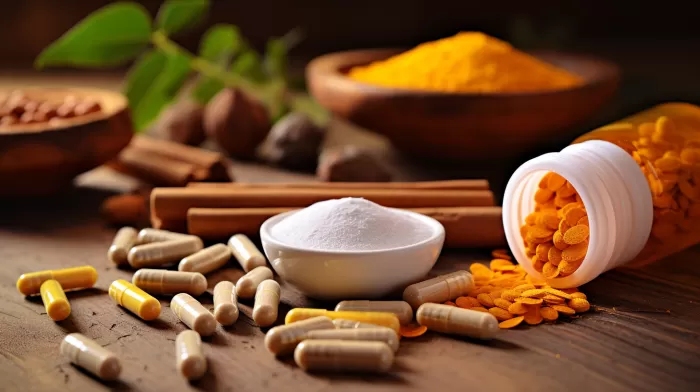An alarming trend has emerged over the past few years – the tremendous increase in deaths from opioid painkillers. According to the Centers for Disease Control (CDC), between the years 1999 and 2010, there was a 415 percent increase in deaths for women, and a 265 percent increase in deaths for men. These deaths occurred in patients who were prescribed FDA-approved painkillers for pain conditions that could potentially have been relieved through natural pain management ways. So, what if there was a better and safer way to ease the pain?
Natural Pain-Relieving Supplements
Though supplements are technically a form of painkiller, they are not synthetic and are generally easier for the body to process. Some common natural pain-relieving supplements include boswellia, devil’s claw, Du Huo Ji Sheng Wan, feverfew, Paractin, rutin, SAMe, thunder god vine, turmeric, white willow bark, and Zyflamend.
Topical Creams, Gels, and Oils for Pain Relief
Topical creams, gels, and ointments can be quite effective in providing temporary relief from pain, inflammation, swelling, and stiffness. Although useful for short-term relief, their long-term value is diminished once their active ingredients have metabolized in the body. To maximize their effectiveness for chronic conditions, apply topical pain products three times per day as part of an overall arthritis relief program.
Popular pain-relieving creams and gels typically share common active ingredients, such as wintergreen, camphor, menthol, capsaicin, and salicylate. It’s worth exploring alternative brands containing less-familiar ingredients like White Flower Analgesic Balm, Red Flower Oil, Po Sum On Medicated Oil, Wong Lop Kong Medicated Oil, Arnica Cream, and Rub On Relief.
Bodywork Therapies for Pain Relief
Bodywork therapies involve a practitioner using their hands on your body to effect positive change. They can be particularly helpful for individuals who find it difficult to exercise due to pain, weakness, or reduced range of motion. The following bodywork methods can assist in alleviating pain and its somatic causes.
Massage Therapy: Massage can improve circulation, which is a crucial aspect of pain relief. Excess lymph and inflammation buildup in the body can cause pain by putting pressure on blood vessels and irritating the nerves. By helping the body remove this excess fluid, massage therapy can enhance blood flow, reduce nerve irritation, and ultimately, decrease pain.
Trigger-Point Therapy: Trigger points are small contraction knots that develop in muscle and tissue when an area of the body is stressed, injured, or overworked. Applying deep, focused pressure to these areas can release pain by allowing for soft-tissue release, improved blood flow, reduced muscle spasms, scar tissue breakup, and removal of toxic metabolic waste.
Thai-Yoga Massage: This gentle hands-on bodywork technique involves a practitioner rhythmically stretching, pressing, and compressing different body parts to release tension and promote relaxation. It can help induce deep somatic correction, relaxation, and increased range of motion.
Considering Natural Pain Relief Options
Chronic pain can significantly impact a person’s life, and relief is essential. However, prescription painkillers may not always be the best solution due to their demonstrated risk. Many natural pain relief options, such as diet, exercise, supplements, topical creams, bodywork therapies, energy medicine, and cognitive therapies, can provide safe, effective alternatives. By discovering and trying these methods first, we can promote a healthier lifestyle free from the risks associated with prescription painkillers.



